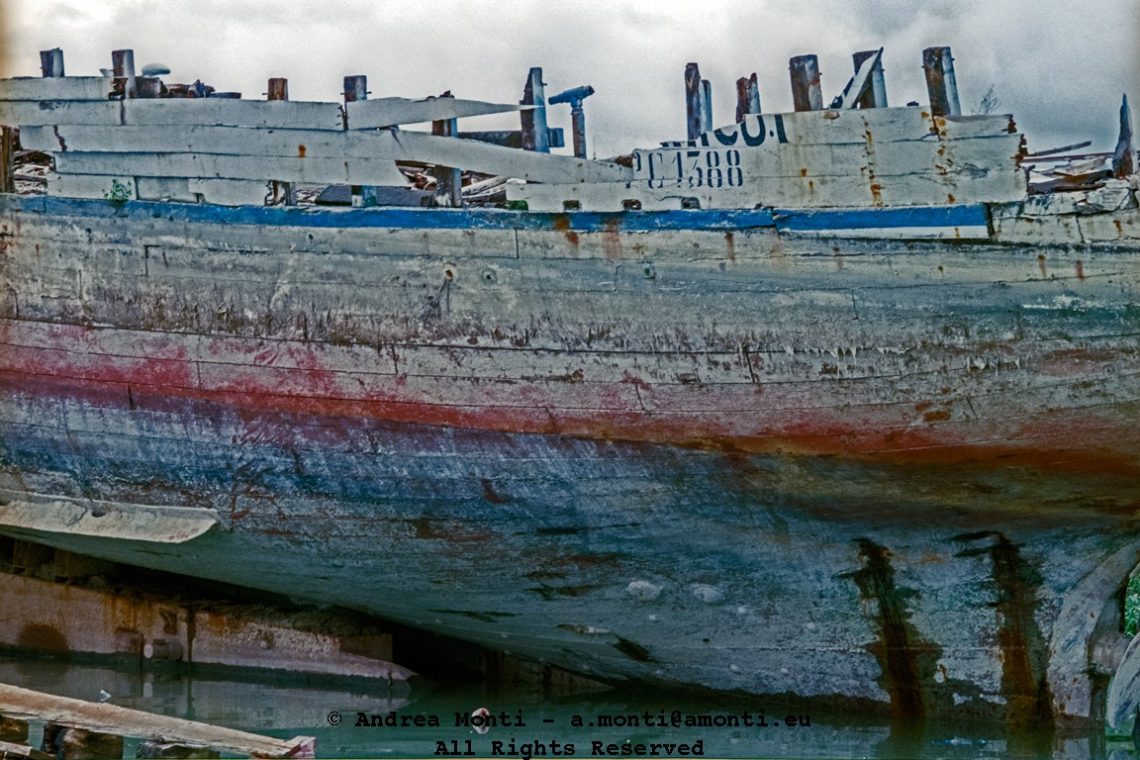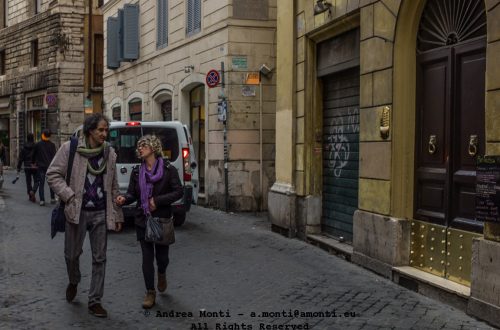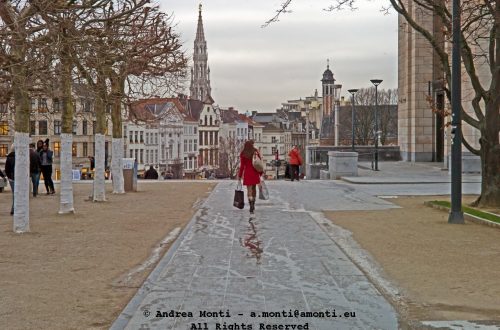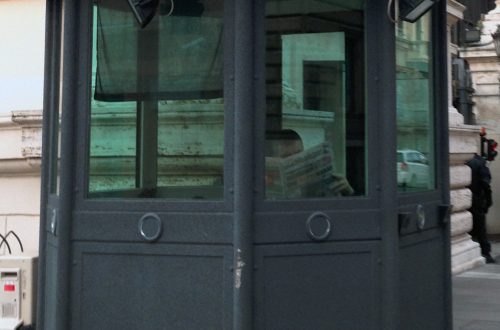
Wrecked Ship
There’s a heaviness to this photograph, not just in the physical mass of the vessel but in the sense of time etched into its surface. The frame is filled almost entirely by the side of the wreck, the wood weathered to grey and streaked with rust-red, algae-green, and salt-white. The colours are muted but carry a richness born of decay — pigments laid down not by brush but by years of exposure, water, and neglect.
From a compositional standpoint, the choice to exclude the horizon and most of the surrounding context forces the viewer to confront the ship as an object, almost abstract in its texture. The eye moves along the horizontal lines of the planking, disrupted by the jagged, broken timbers at the top — reminders of violence, whether from sea or circumstance. The remnants of a painted name and faded registration numbers speak of a past life, now stripped of utility but not of story.
Technically, the exposure is balanced to retain detail in both the darker underbelly and the sun-bleached upper hull. The lighting appears diffuse, likely under overcast skies, which avoids harsh shadows and allows the surface detail to read clearly. There is noticeable grain and a slight painterly quality to the colours — whether by sensor noise or post-processing — which lends the image a tactile, almost archival feel.
It’s a photograph that resists romance. There’s no golden light, no dramatic wave. Just the stubborn material presence of a structure long past its prime, still afloat in the viewer’s attention. For me, its strength lies in that refusal to sentimentalise: the wreck is neither tragic nor heroic. It simply is.




